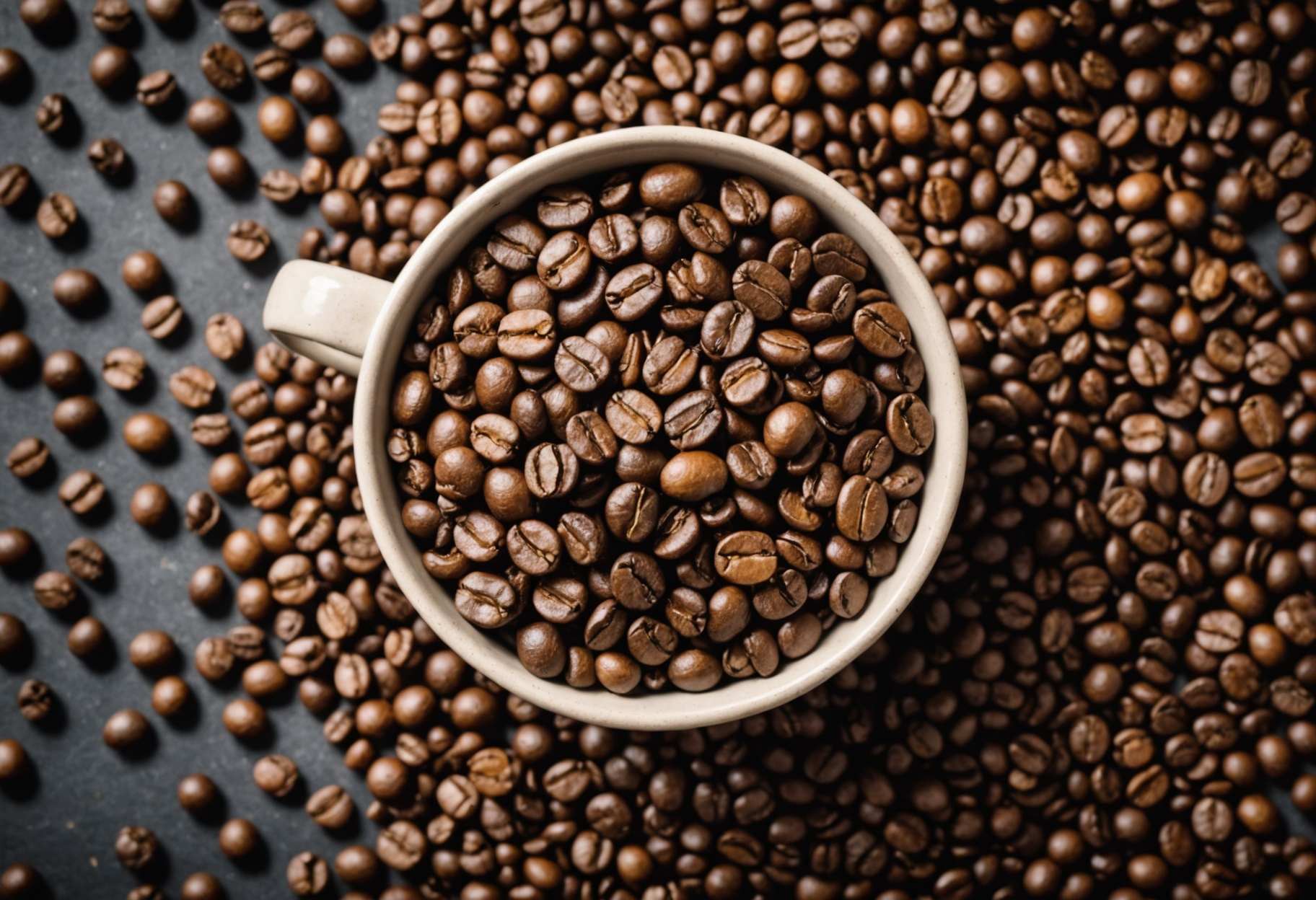
A new influenza strain this flu season is raising concerns as Americans hit the roads and take to the skies ahead of the Thanksgiving holiday, with fewer people choosing to get vaccinated.
What is the new flu strain subclade K?
The new flu strain, called subclade K, is a variant of the H3N2 virus that has been circulating since the summer in other countries.
Experts point to the new variant as a main driver of a spike in flu cases in Canada, Japan, and the U.K. Of nearly 150 test samples that were registered as the H3 lineage, over 50% were subclade K, according to the Centers for Disease Control and Prevention.

Does the flu vaccine protect against subclade K?
Although the current flu vaccine may not be a perfect match for the new subclade K strain, the CDC and doctors say the best way to protect you and your family is to still get vaccinated.
"Vaccination [is] key," ABC News chief medical correspondent Dr. Tara Narula said on "Good Morning America" Monday. "It's not too late now. It takes about two weeks to develop antibodies that will decrease the rate of serious hospitalizations and illnesses and even death, even though it may not be a perfect match for [the current flu strain]."
What to know about COVID, flu, RSV vaccines amid respiratory virus season
International reports show that subclade K may have more severe symptoms in older adults and children, and the CDC notes that those who are most vulnerable to the flu overall include older adults over 65, children under the age of 5, anyone who is immunocompromised, pregnant people, and also people with underlying chronic conditions, such as diabetes, heart disease or lung disease.

How dangerous is the subclade K variant?
Doctors warn that flu infections aren't the same as the common cold and can increase the risk of complications such as ear infections and sinus infections, as well as more serious complications such as pneumonia, hospitalization, and even death, if left untreated or not treated early enough.
Cases of H3N2 viruses tend to cause slightly more severe symptoms than other strains such as the H1N1 virus, according to one study.
Simple ways to help prevent cold and flu
Symptoms of the subclade K flu strain
"You'll usually develop [symptoms] about one to four days after being exposed, and it feels like being hit by a truck," said Narula. "It's different from a cold, so you're going to have fever, muscle aches, headaches, chills, sore throat, cough, runny nose, stuffy nose, maybe even vomiting and diarrhea."
Last year, CDC data showed the U.S. had the most total flu-related hospitalizations in about 15 years and close to 280 pediatric deaths from the flu.
To treat influenza infections, doctors recommend staying at home if you have any flu-like symptoms and to seek medical treatment sooner than later. Doctors may prescribe antiviral medications, according to the CDC, to decrease symptoms and also lessen the risk of developing serious complications.
LATEST POSTS
- 1
 Islamic State group militants claim capture and execution of a Nigerian brigadier general
Islamic State group militants claim capture and execution of a Nigerian brigadier general - 2
 Which '80s Film Actually Holds Up Today?
Which '80s Film Actually Holds Up Today? - 3
 Most loved Specially prepared Espresso Mix: Which Dish Do You Adore the Most?
Most loved Specially prepared Espresso Mix: Which Dish Do You Adore the Most? - 4
 Productive CRM Programming for Client Relationship The executives
Productive CRM Programming for Client Relationship The executives - 5
 The 15 Most Motivating TED Discusses All Time
The 15 Most Motivating TED Discusses All Time
 Step by step instructions to Protect Your Senior Condo for Ideal Wellbeing and Solace
Step by step instructions to Protect Your Senior Condo for Ideal Wellbeing and Solace Manageable Living: Eco-Accommodating Decisions for Regular day to day existence
Manageable Living: Eco-Accommodating Decisions for Regular day to day existence Find Serenity: 10 Stunning Setting up camp Areas
Find Serenity: 10 Stunning Setting up camp Areas 7 Popular Vacation destinations In China
7 Popular Vacation destinations In China Warnings rise for U.S. as severe flu strain causes outbreaks in Canada, U.K.
Warnings rise for U.S. as severe flu strain causes outbreaks in Canada, U.K. 'Zootopia 2' movie reviews: A heartwarming, hysterical and earnest 'ode to community'
'Zootopia 2' movie reviews: A heartwarming, hysterical and earnest 'ode to community' The Craft of Baking: Tasty Recipes and Strategies
The Craft of Baking: Tasty Recipes and Strategies 5 Breakout Stars in Late television Series
5 Breakout Stars in Late television Series Vote In favor of Your Favored Cereal
Vote In favor of Your Favored Cereal












